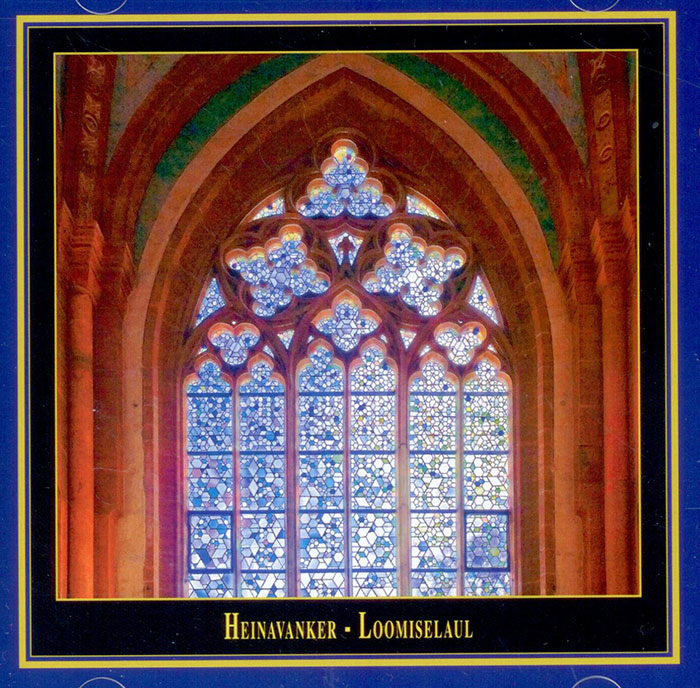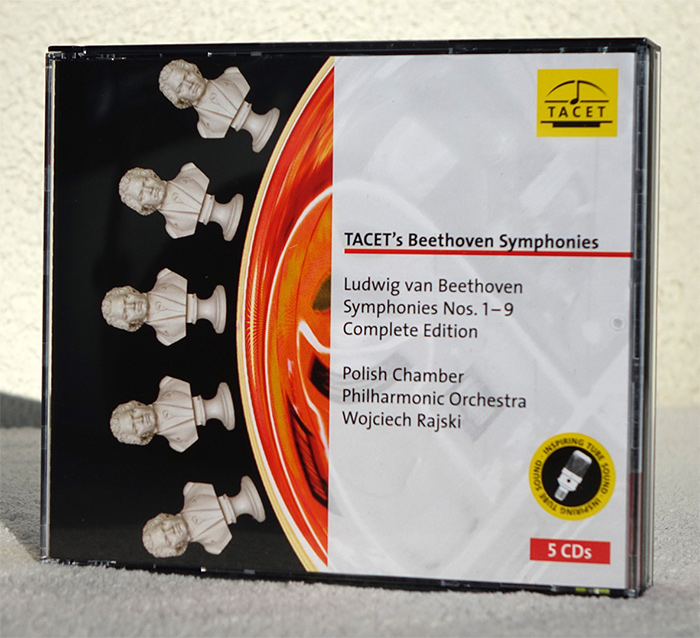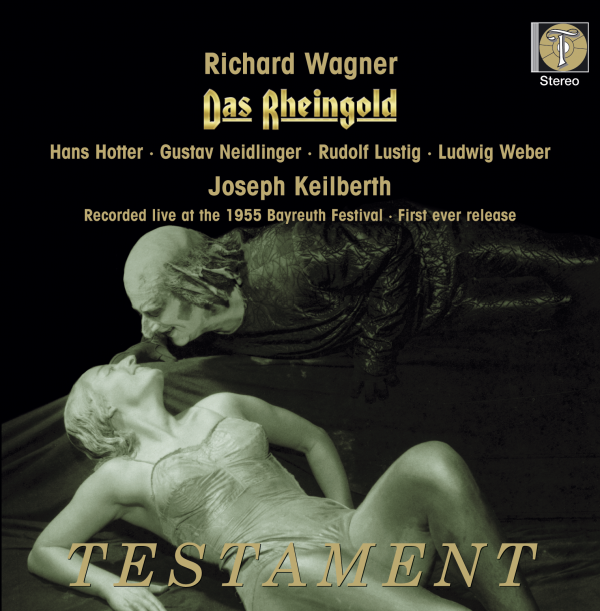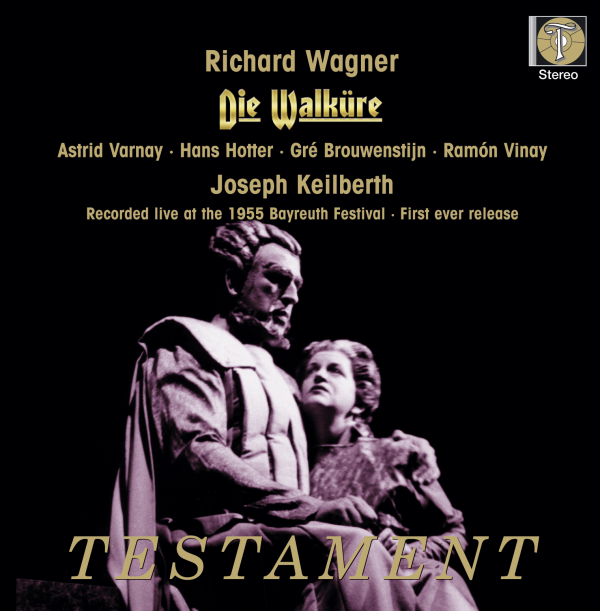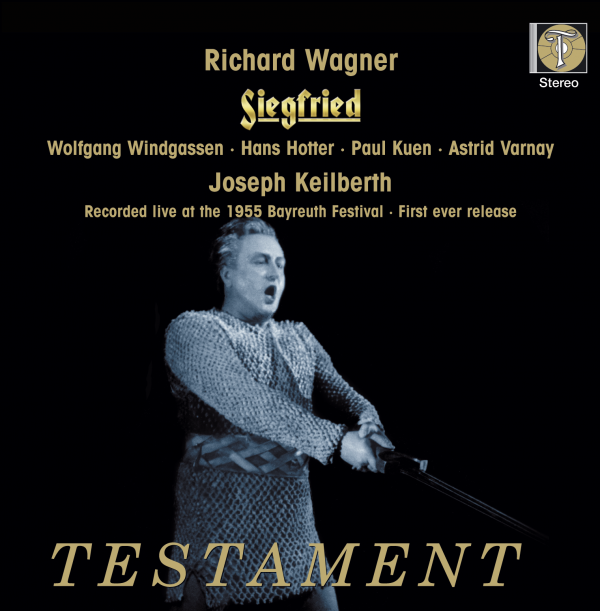Logowanie
Mikołaj - ten to ma gest!
Elton John, The Mamas & The Papas, Cat Stevens, Rod Stewart, Bobbie Gentry, Stevie Wonder, Engelbert Humperdinck
Memory Lane
Edycja Numerowana - 1000 egzemplarzy w skali światowej
RACHMANINOV, Eiji Oue, Minnesota Orchestra
Symphonic Dances / Vocalise
Best Recordings of 2001!!! NAJCZĘŚCIEJ KUPOWANA PŁYTA Z RR!
Karnawał czas zacząć!
Music of Love - Hi-Fi Latin Rhythms
Samba : Music of Celebration
AUDIOPHILE 24BIT RECORDING AND MASTERING
CHOPIN, LISZT, DEBUSSY, DVORAK, Gerhard Oppitz
Dances romantiques - A fantastic Notturno
Wzorcowa jakość audiofilska z Clearaudio
Winylowy niezbędnik
ClearAudio
Double Matrix Professional - Sonic
najbardziej inteligentna i skuteczna pralka do płyt winylowych wszelkiego typu - całkowicie automatyczna
OCKEGHEM, ANONYMUS, Heinavanker
Loomiselaul (The Creation)
- Heinavanker
- OCKEGHEM
- ANONYMUS
NAGRANIE ZE SŁYNNEJ KOLEKCJI KLASZTORU MAULBRONN -NAJLEPSZA AKUSTYKA NA ŚWIECIE
Heinavanker: Eve Kopli (soprano); Kadri Hunt (alto); Margo Kölar (tenor); Anto Önnis (tenor); Taniel Kirikal (baritone); Vambola Krigul (bass) rec. June 2005, Maulbronn Monastery, A delightful concert recorded by a specialist vocal group which explores Ockeghemxs intricate music - 'an extraordinary balance between hidden mathematical constructions and the apparently spontaneous melody lines' - motets and mass sections interspersed amongst characteristic sacred choral pieces of great vitality, unique to the small Estonian population. Rather than paraphrasing the extensive notes to be found in the booklet, I prefer to refer you to enjoy KuK's own unique presentation on their website. We have reviewed a number of their large scale concerts of choral and orchestral music, which is their chief specialism, but this intimate event of music for one to six voices is not to be missed. The atmosphere and acoustic is perfectly caught and augmented by the pictures to be seen on the moving presentation at the website, which is well worth a mouse-click! I have been enjoying the CD again whilst posting this short note; recommended as something special and different. --------------- Throughout the history of cultural development, two strains of thought have confronted each other - one staunchly defending tradition while the other strives for innovation. This is especially true of sacred music. It has been continuously reflected upon how it should be and how it could be. The leading figure in Estonian classic music, Rudolf Tobias, has, in his writings, suggested the following synthesis: „explore the inner motivations of traditional music" and, further, „turn our attention to the inner essence of our era" in order to „attain, finally, contemporary sacred music that satisfies our actual needs." But how much common ground can the actual needs have when one considers the context of different eras, geographic locations and social situations? What is the relationship between the solemn contrapuntal masterpieces of the Renaissance, reflecting that era‘s courtly, religious and scientific spirit, the meditative monophonic monastic music of the middle ages and, unique to the small Estonian population, the characteristic sacred choral pieces with their strong folk influence and their vitality, reflecting the people‘s earlier religious awakening? And further, is it possible, considering the continually changing and from many sides influenced landscape of contemporary sacred music, to find someone who can fulfill the „actual needs" of this kind of music? The Estonian religious folk songs or popular chorals originated as a product of the religious renewal of the rural population. Most of the texts are from the Lutheran Hymnal. However, the melodies are developed till nearly unrecognisable and are often ingeniously adorned. The half improvised arrangements of these songs resonate as an accomplishment of the whole ensemble. The corner stone of Johannes Ockeghem‘s (1417-1497) inspiring and difficult to define music is an extraordinary balance between hidden mathematical constructions and the apparently spontaneous melody lines which they help construct, but which nevertheless remain unexpected. Ockeghem is a composer who brings to completion the musical thoughts of an epoch, leading to a counterbalancing by the following generation who preferred more transparent paths. For singers of today‘s discernment, Ockeghem‘s works make such unusual demands that their performance is considered a test of courage. „The maestro himself ultimately worked with the same singers for forty years" the experts sigh, as they lay the scores back in the drawer. Towards the end of the concert, we hear one of the oldest and most distinctive examples of the Estonian culture, a pre-Christian runic song - „The Creation". It is about a bird that makes a nesting place in a paddock, lays eggs and hatches offspring. One of the baby birds becomes the sun, the second the moon, the third a star, and the fourth a rainbow. This vocal tradition possibly dates back many thousands of years. In the „Loomiselaul" from Kadrina one recognises the main features of a runic song. The opening rhyme, the eight footed trochaic poetry meter, the exchange between the precentor and the choir, and the accord of both created through the singular „leegajus": before the beginning of the following verse, the precentor and the choir sing the last syllable of the previous verse together. Margo Kõlar, Conductor ---------- RECENZJE A delightful concert recorded by a specialist vocal group which explores Ockeghemxs intricate music - 'an extraordinary balance between hidden mathematical constructions and the apparently spontaneous melody lines' - motets and mass sections interspersed amongst characteristic sacred choral pieces of great vitality, unique to the small Estonian population. Rather than paraphrasing the extensive notes to be found in the booklet, I prefer to refer you to enjoy KuK's own unique presentation on their website. We have reviewed a number of their large scale concerts of choral and orchestral music, which is their chief specialism, but this intimate event of music for one to six voices is not to be missed. The atmosphere and acoustic is perfectly caught and augmented by the pictures to be seen on the moving presentation at the website, which is well worth a mouse-click! I have been enjoying the CD again whilst posting this short note; recommended as something special and different. 21 June 2006 - Dr Peter Grahame Woolf ================ Gesangsensemble aus der estnischen Hauptstadt tritt zum ersten Mal im Kloster Maulbronn auf Musikalische Mutprobe bestanden Das Estnische Vokalsextett Heinavanker beglückte die zahlreichen Besucher des vierten Konzerts der Reihe Musica Sacra 2005 im Rahmen der diesjährigen Klosterkonzerte Maulbronn, das am Sonntagabend in der Klosterkirche stattfand, mit seinen einzigartig kultivierten Stimmen. Im Mittelpunkt des einstündigen Programms standen mehrstimmige Gesänge des Flamen Johannes Ockeghem. Seit seiner Gründung im Jahr 1988 erlebte das Vokalensemble aus Tallinn, der Hauptstadt Estlands, eindrucksvolle Erfolge in vielen europäischen Ländern und trat auch bereits mehrfach in Deutschland auf. In Maulbronn war das Ensemble Heinavanker, zu deutsch „Heuwagen', zum ersten Mal zu hören. Eve Kopli (Sopran), Katri Hunt (Alt), Anto Önnis (Tenor), Taniel Kirikal (Bariton), Bambola Krigu (Bass), die unter der Leitung des Tenors Margo Kälar auftreten, entwickelten den polyphonen Gesang zu einer unvergleichlich hochklassigen Form. Stimmen füllen Klosterkirche mit weichem Klang Ihre ideal zusammenpassenden Stimmen erfüllten die Klosterkirche mit hellem, weichem, warmem Klang. Bei der Auswahl der Werke folgten die Sängerinnen und Sänger dem Leitwort „Segen' der diesjährigen Musica Sacra. Das Konzert vom Sonntagabend stand unter dem Motto „ ... und du sollst ein Segen sein'. Die Kompositionen des flämischen Komponisten Johannes Ockeghem, der in Flandern und Frankreich von etwa 1417 bis zum Jahr 1497 lebte und der auf die Entwicklung der Polyphonie in den Niederlanden um 1460 maßgebend einwirkte, haben diesen von andächtigem Empfinden getragenen Inhalt. Es sind ungewöhnlich anspruchsvoll und kompliziert angelegte Stimmenführungen, die seine geistlichen Gesänge prägen, die hohe Ansprüche an die Ausführenden stellen, so dass sie nach den Worten des Ensembleleiters Margo Kälar als eine Art Mutprobe gelten können. Gleichwohl bewältigten seine Sängerinnen und Sänger diese musikalische Mutprobe auf höchst überzeugende und mitreißende Weise. Das galt genau so für die estnischen Volkslieder geistlichen Charakters. Auch diese Melodien sind voller verschlungener Phrasierungen und filigraner Verzierungen. Mit seiner hochrangigen Gesangstechnik überwand das Ensembles Heinavanker jede Schwierigkeit der Stücke und schenkte den Konzertbesuchern eine Stunde der Harmonie und innigen Andacht. 14 June 2005 - Rudolf Wesner





























